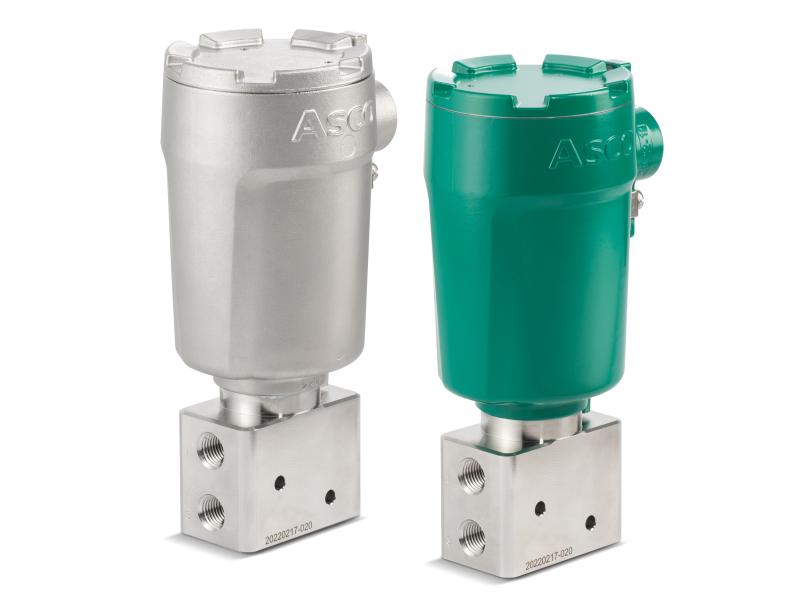Programmable logic controllers (PLCs) are at the core of almost any automated system. They’ve been used in manufacturing for decades and are known for their reliability and ability to withstand harsh operating conditions. However, embedded systems can perform the same function for a fraction of the price. So, why aren’t manufacturers rushing to replace their trusted PLCs? Here, John Young, APAC sales director at automation parts supplier EU Automation, explains the pros and cons of both options.
As the old slogan taught us, power is nothing without control. Even the most sophisticated industrial automation equipment will be useless without a reliable controller to monitor input/output activities and gather data from sensors. However, there’s more than one option to achieve the same result.
A PLC is a stand-alone unit that can control one or more machines and is connected to them by cables. On the other hand, in an embedded control architecture the controller — which is almost always a printed circuit board (PCB) — is located inside the machine it controls. This leads to several advantages, such as having less hardware and no cables to worry about.
An embedded architecture also means a shorter distance between the machine and the controller. This can positively impact the quality of the signal, as well as reduce chances for electromagnetic interference. In turn, this results in improved motion control and more precise data from sensors.
However, the biggest reason why some manufacturers opt for embedded control is cost. Less hardware also means less initial capital investment — an embedded controller can be purchased for approximately 20 per cent of the price of a PLC from a reputable brand.
When PLCs are best
With all these advantages, one might wonder why manufacturers haven’t all moved to integrated controllers. PLCs still play a critical role on the shop floors of most factories worldwide, and with good reason.
One of the main advantages of PLCs is their ease of maintenance. Being located outside the machine they control, PLCs are easier to access than embedded systems. Moreover, PLCs have a modular structure which makes them easy to fix if a specific module fails. On the other hand, embedded controllers are designed as a single board, which makes them cheaper, but harder to repair.
Another reason to prefer PLCs is regulatory compliance. Branded PLCs usually come with CE marking, and can also be found pre-certified for more specific standards. Certified embedded controllers can also be found, but the final integrated solution might have to be further assessed for conformance. In the end, the cost of this process can easily match or surpass the difference in price between an embedded controller and a PLC, making the latter the more convenient option.
Another major challenge of replacing PLCs with integrated systems is the programming language. PLCs are usually easier to programme, since they use ladder logic and functional blocks diagrams, while embedded systems are usually encoded in programming languages such as C or Java. The shift in programming can be a big cultural barrier to overcome, especially in smaller organizations.
Finally, one of the main reasons why manufacturers may wish to stick to PLCs is their reliability. Their ruggedness and ability to withstand the rough environments of many industrial sectors have made PLCs the equipment of choice when vibrations, humidity, contamination and temperature fluctuations might impact the functionality of more delicate components, such as microcontrollers.
Embedded controllers have undeniable advantages, but PLCs still represent an excellent choice when manufacturers need a controller that is reliable and easy to maintain. In case of failure, PLCs can be quickly and easily replaced by contacting a trustworthy supplier like EU Automation, who will be able to assist you in sourcing new, reconditioned and obsolete PLCs from all major original equipment manufacturers (OEMs).






